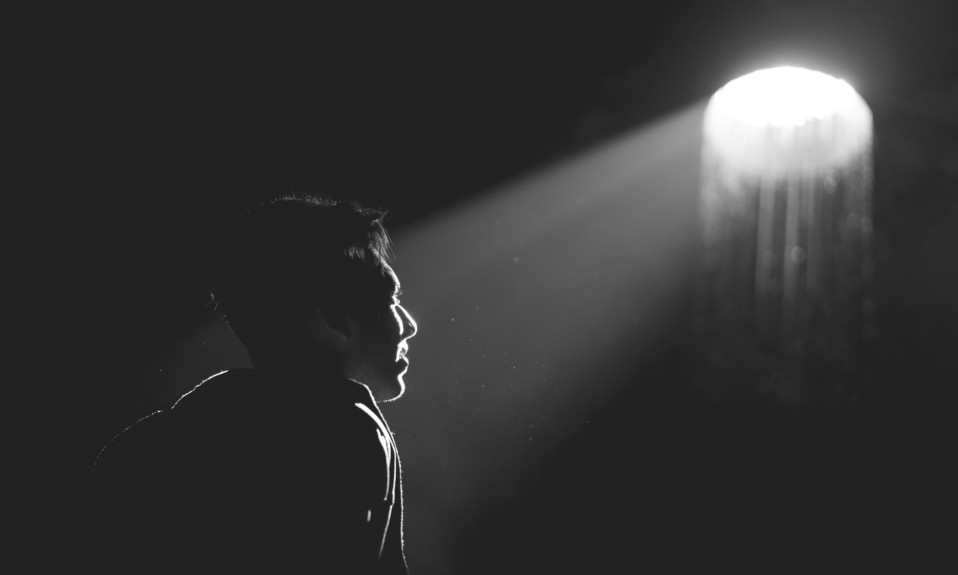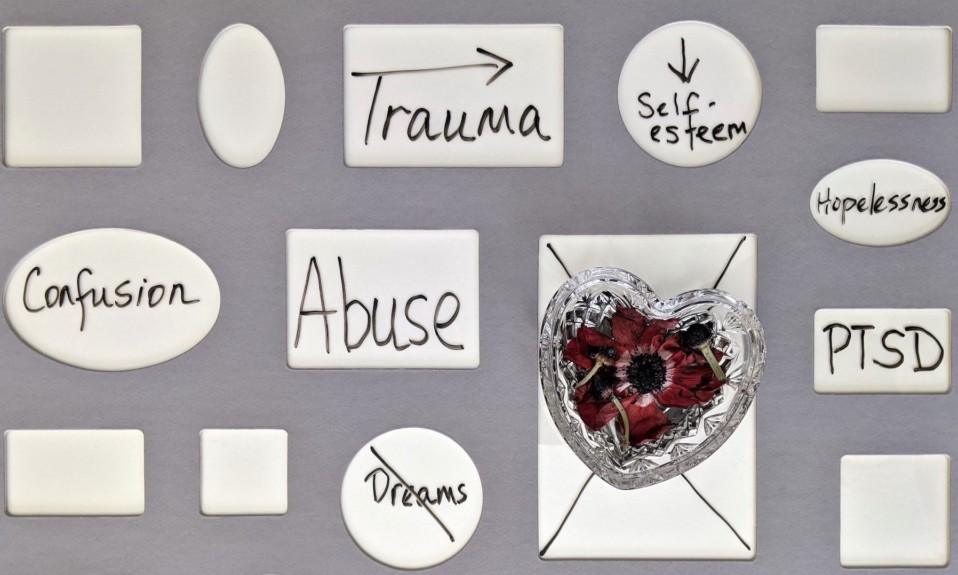The treatment field is overwhelmed by an unprecedented number of challenges right now, but we can overcome them
This post is reprinted with permission from one of TreatmentMagazine.com’s go-to blogs about addiction, treatment and recovery: Recovery Review.
By William Stauffer
I was thinking about writing on something entirely positive in the recovery space, and yet here is the piece which does not fit that Bill, pun noted. All things considered, I am optimistic about our future, and underpinning this is the knowledge that a primary facet of recovery (and the recovery movement) is acknowledging uncomfortable truths and facing them, together. This piece and all my writings are intended in the most positive way possible—to generate thinking about what we want and what we need to do to move in that direction. It is vital to ensure that we help develop a recovery service and support systems that can meet the needs of the next generation. What each of us, our agencies, communities and governmental institutions do to respond to challenges we face matters a great deal to how each of us, are families and communities heal into the future.
We are facing unprecedented challenges, what Dr. H Westley Clark referred to in his interview with me as a syndemic. Dr. Clark was referencing the addiction epidemic, exacerbated by the COVID-19 pandemic, influenced by social strife and strain on all of our societal institutions over the last decade or so. One new development is the great resignation of 2021—people are walking off their jobs across America. Our substance use care system was already deep into a severe workforce crisis, simmering for over two decades.
We consistently make it more difficult for recovering people to get into the SUD workforce. Ostensibly, this is done out of a sense that our recovering workforce are less capable or have more ethical issues than non-recovering people, suggestive of implicit bias against us.”
In May of 2019, the Annapolis Coalition released a report commissioned by SAMHSA that discussed our workforce crisis in pre COVID times and estimated that we needed an additional 1,103,338 peer support workers and 1,436,228 behavioral health counselors, as part of the 4,486,865 behavioral health workers conservatively estimated that we need. Do we have a system that is inviting for people to work in, focused on healing or one that is steeped in trauma and not able to deliver its full promise?
We consistently make it more difficult for recovering people to get into the SUD workforce. Ostensibly, this is done out of a sense that our recovering workforce are less capable or have more ethical issues than non-recovering people, suggestive of implicit bias against us. We are raising the bar as the bottom is falling out of our SUD workforce. Maybe on some level, it is done because our people are not seen as worthy of helping. Maybe we don’t want an effective care system because we don’t think “they” should be helped.

Systemic stressors place a lot of strain on agencies. Such dynamics have been examined and explored in many contexts, one that resonates with me is the work of Dr. Sandra Bloom who has written about these forces present in all human service organizations. They had a devastating impact on the Sanctuary Program, a program she developed and nurtured for many years. She termed it destroying sanctuary. I have referred often to her work over the years, but I don’t think it has ever been as relevant as it is right now.
Dr. Bloom describes that as internal and external challenges become more profound, people and systems become progressively overwhelmed, and they lose capacity to constructively deal with the challenges. They become more top-down authoritarian and less inclusive of feedback from the those within these systems. Workers leave or stop trying to be effective. The system further losses capacity to address the needs of the people it serves. As part of this dynamic, systems then tend to eliminate those who share uncomfortable truths to raise the alarm about the problems and move towards solution. We kill the messengers and ignore the messages. Our ability to serve those in need becomes more impaired as it is clear our systems are not open to input and are punitive.
Dr. Bloom was seeing how the economics of managed care were squeezing the care out of our programming. Similar dynamics played out in the SUD service system in the mid-to-late ’90s, when the value of substance abuse insurance coverage declined by 75% between 1988 and 1998 and there was a drastic reduction in frequency and duration of inpatient hospitalization with no offset in increased outpatient care. It was a cost shift to the public care system and related to a focus on criminalization of addiction. It was a primary facet that led to the rise of the new recovery advocacy movement in America.
These dynamics lead to learned helplessness. People feel like they have no power to change things when exposed to prolonged aversive stimulation. When overwhelmed, they simply stop trying to solve problems. This is exacerbated by the bystander effect. The term was coined after the brutal murder of Kitty Genovese on a hot summer night when dozens of people could have done something but assumed that someone else would, but no one did. These are the dynamics of people, organizations and systems that become eroded by the threats they face and become increasingly unable and unwilling to acknowledge and face these challenges. They freeze or flee. I suspect that this is part of what is happening in respect to the Great Resignation of 2021.
On a systems level, are we part of the problem or part of the solution, or a mix of both? What can we do as individuals or collectively? What are our personal and professional obligations to our field and the people we pledged to serve? What is our own responsibility for what is happening, and can we assume a role that moves things in a more positive direction? Have we seen similar dynamics before? What lessons may we learn from the past to apply to our current situation? How do we want to be remembered, by jumping into the lifeboats as our ship founders or by bailing it out and getting our vessel back on course?
We face formidable challenges, but we are capable people and seasoned institutions who are well suited to facing adversity. I, for one, will be identifying challenges and working with others so inclined to fix them.”
We are undergoing a mass trauma event, or more accurately a complex combination of traumatic events at the micro mezzo and macro levels of our society. How do we create safety for ourselves and those in our families, workplaces and communities? Each of us has the power within us to create greater safety for ourselves and those we love. Are we doing so or spreading trauma?
We face formidable challenges, but we are capable people and seasoned institutions who are well suited to facing adversity. I, for one, will be identifying challenges and working with others so inclined to fix them. I don’t know the specifics of how we will rise above the challenges we face, but I know that when more of us are working towards solutions than are adding to them or sitting by the sidelines, the more likely we are to overcome them and create safety and restore the dynamics of healing in ourselves, our families, our communities and our systems of care.
This Recovery Review post is by William Stauffer, who has been executive director of Pennsylvania Recovery Organization Alliance (PRO-A), the statewide recovery organization of Pennsylvania. He is in long-term recovery since age 21 and has been actively engaged in public policy in the recovery arena for most of those years. He is also an adjunct professor of Social Work at Misericordia University in Dallas, Pa. Find more of his writing, as well as a thought-provoking range of articles, insights and expert opinions on treatment and addiction at RecoveryReview.com.blog.
Top photo: Shutterstock; bottom photo: Usen Parmanov














